Page Table of Contents
Reviews and Awards
Many Windows users need to transfer files using USB regularly. However, it can be troubling when the transfer gets stuck at 0%. This problem can cause confusion and delays, especially in when you are in a rush. This article will cover the typical reasons for this issue and lead you through methodical fixes. Use the techniques below to get your file transfer back under control, whether your storage capacity is limited or another problem exists.

How to Fix USB File Transfer Stuck at 0 in Windows
Before proceeding with the technical fixes, ensure the USB drive or storage device you're using has enough capacity to stre the files you intend to migrate. If your drive runs low on capacity, consider moving to a higher-capacity drive with more free space to prevent the transfer from halting. After that, it's important not to stop the file transfer procedure too soon as it can cause data corruption even if you fix this problem. Instead, methodically pursue the below given methods and find one that fits your need.
Method 1. Switch and Use USB 3.0/3.1
Using an outdated USB 2.0 port is one of the most common causes behind slowed USB file transmission. Faster read and write rates from USB 3.0 and 3.1 ports help prevent the transfer from becoming caught. Switching to a USB 3.0 or 3.1 connector often resolves this problem quickly.
Steps to switch to USB 3.0:
- Determine your USB port. USB 3.0/3.1 with blue ports or labeled "SS" is preferred.
- Disconnect your USB drive and plug it into a computer's USB 3.0 or 3.1 connector. These connections provide far faster read and write speeds than USB 2.0, often over 5 Gbps, which can help transmit large amounts of data.
- Restart file transfer after switching to USB 3.0/3.1. Speed should increase, and the transfer shouldn't stall at 0%.

USB 2.0 ports are far slower than their 3.0/3.1 siblings. USB 3.0/3.1's greater speed features help to handle large data more effectively, lowering the possibility of the transfer becoming stuck.
Method 2. End Task of Big & Running Programs
Heavy background programs might use significant system resources and cause your USB file transfer to stop at 0%. Reducing these resource-intensive chores can free your system to concentrate on file transfers.
Steps to end task of running programs:
- Press Ctrl + Shift + Esc to open Task Manager.
- Open Task Manager's "Processes" tab. Here, you can find running programs and their CPU, memory, and disc consumption. You can also find programs that use most of your system's resources.
- Select resource-heavy programs that aren't necessary for your task and click "End Task" in the Task Manager's bottom-right corner. This will free up system resources and may allow USB file transfer.

Your system will have more excellent resources for file transfers with fewer programs. Resume the transfer and see if it goes past 0%.
When your system is too busy, it has trouble keeping up with all the jobs simultaneously. By stopping programs you don't need, you free up system resources, which makes it easier for the file transfer to go smoothly.
Method 3: Convert FAT32 USB to NTFS or exFAT
If you're working with extensive data or require improved compatibility with contemporary systems, converting a FAT32 USB drive to NTFS or exFAT using this method is the way to go. EaseUS Partition Master is among the most effective solutions available for this operation.
With the smooth "Convert to NTFS" or "Convert to exFAT" function offered by this software, you may safely switch the file system on your USB drive from FAT32 to NTFS or exFAT without worrying about losing any data.
Guide 1: Convert FAT32 USB to NTFS
Step 1. Install and launch EaseUS Partition Master on your computer.
Step 2. Go to the Disk Converter tab, select "FAT => NTFS" and click "Next."
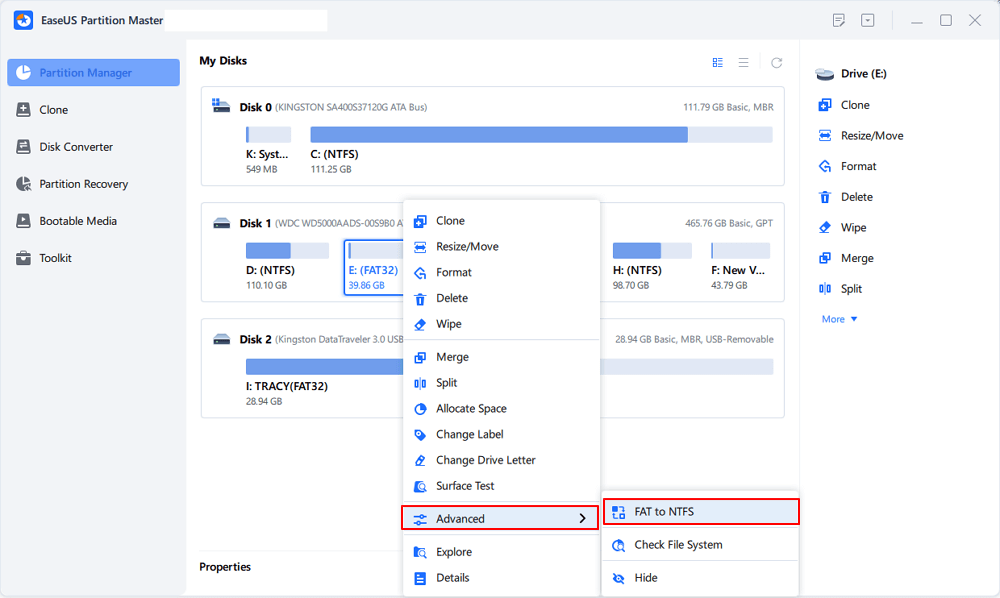
Step 3. Select the partition that you want to convert to NTFS and then click on "Convert." (Tick the "Show More" option in the panel's upper right corner to display the hidden partitions.)

Step 4. Wait until the operation process is finished.
Guide 2: Convert FAT32 to exFAT
Step 1. Install and launch EaseUS Partition Master on your computer.
Step 2. In the "Disk Converter" window, select "FAT => exFAT" and click "Next."
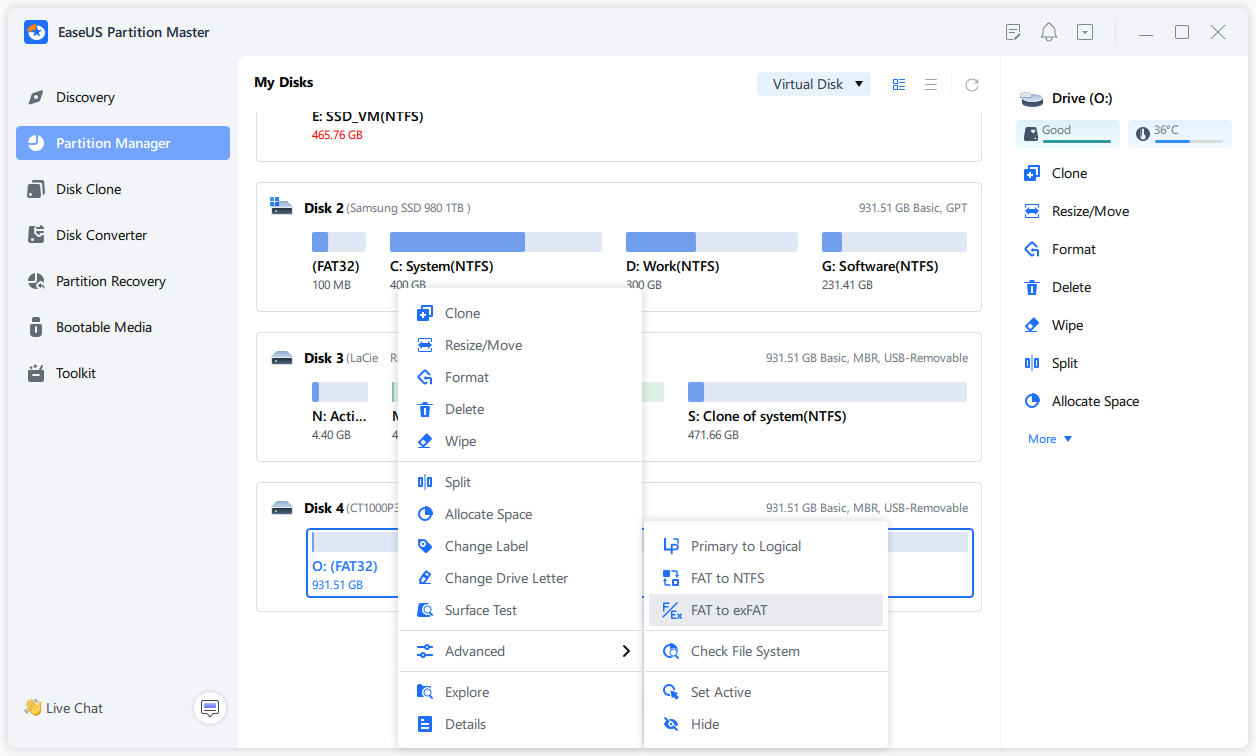
Step 3. In the new window, choose a partition you wnat to format to exFAT, click "Convert."

Step 4. Wait when the operation is in process.
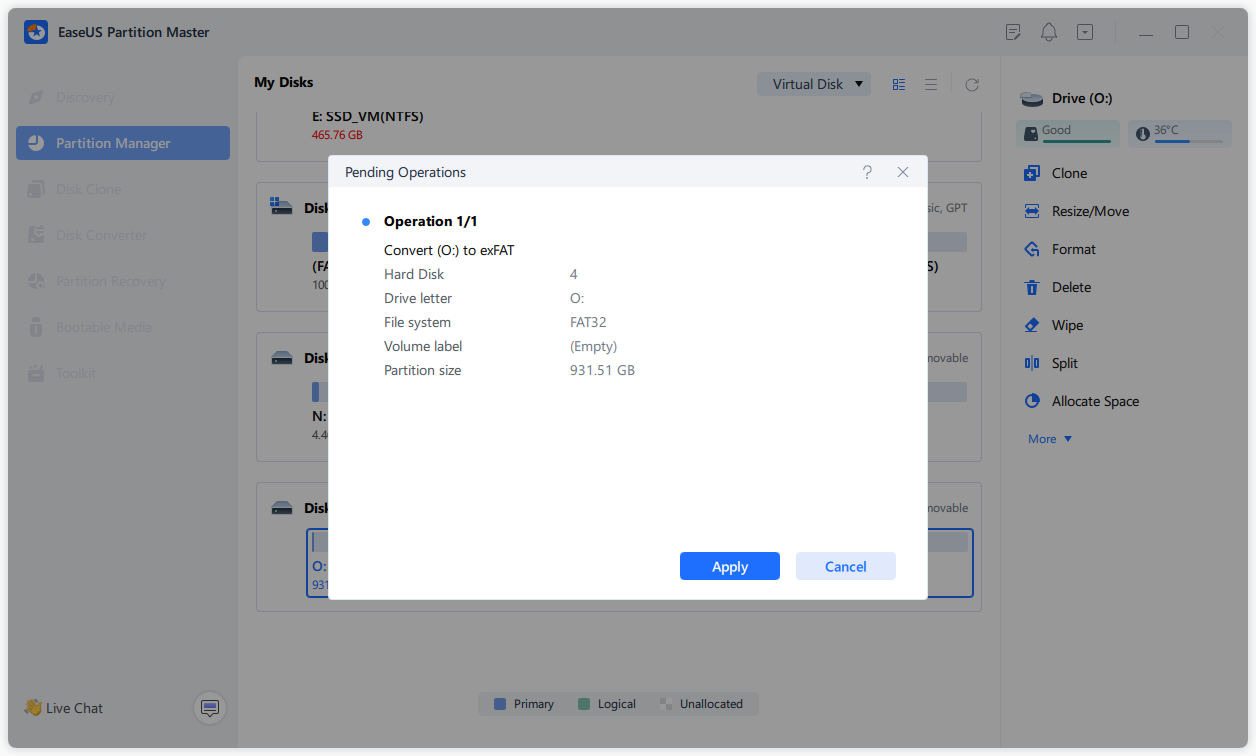
Step 5. Click "Done" after the process is completed.

This makes it a dependable option for consumers who want to quickly enhance overall transfer performance and handle larger files by upgrading the file system on their USB drive.
Method 4: Check and Fix File System Error on USB
File system errors on your USB drive can hinder files from transferring correctly, causing the process to get stuck. Checking and repairing these errors can resolve the issue and ensure a smooth transfer.
Steps to check and fix file system error in USB:
- Press Windows + E to open File Explorer, then locate your USB drive under "This PC."
- Choose "Properties" from the context menu after right-clicking the USB disc.Navigate to the "Tool" tab in the Properties window, and under the "Error-checking" part, hit the "Check" button.
- Windows looks over the USB disc for file system mistakes. Use the prompts to fix any found errors. Try again moving your files once the mistakes have been corrected. The relocation should go without any problems right now.
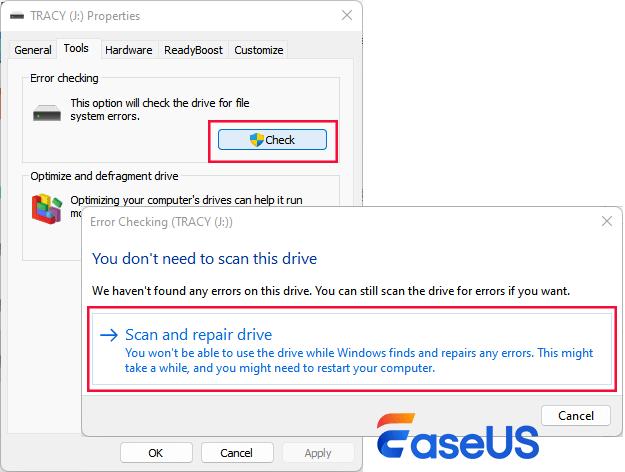
Why This Works:
File system errors have the potential to damage data and interrupt file transfers. By rectifying these problems, you reinstate the integrity of your USB drive, enabling seamless file transfer.
Method 5: Take Third-Party File Transfer Tool for Help
If the previous methods fail to fix the problem, a third-party file transfer program can be successful. We suggest using EaseUS Todo PCTrans as a preferable solution. Even on a new device, this dependable and rapid file transfer application enables users of all levels to transfer files effectively and quickly.
Easus Todo PCTrans guarantees that your files are transferred error-free and streamlines the process as well. This utility can simplify the transfer, ensuring that your data stays intact, whether copying files straight to a new computer or across USB devices. This will save hassle.
On the old PC:
Step 1. Launch EaseUS Todo PCTrans and click "Data Transfer" on the main screen. Select "This is Old PC" and click the "Next."
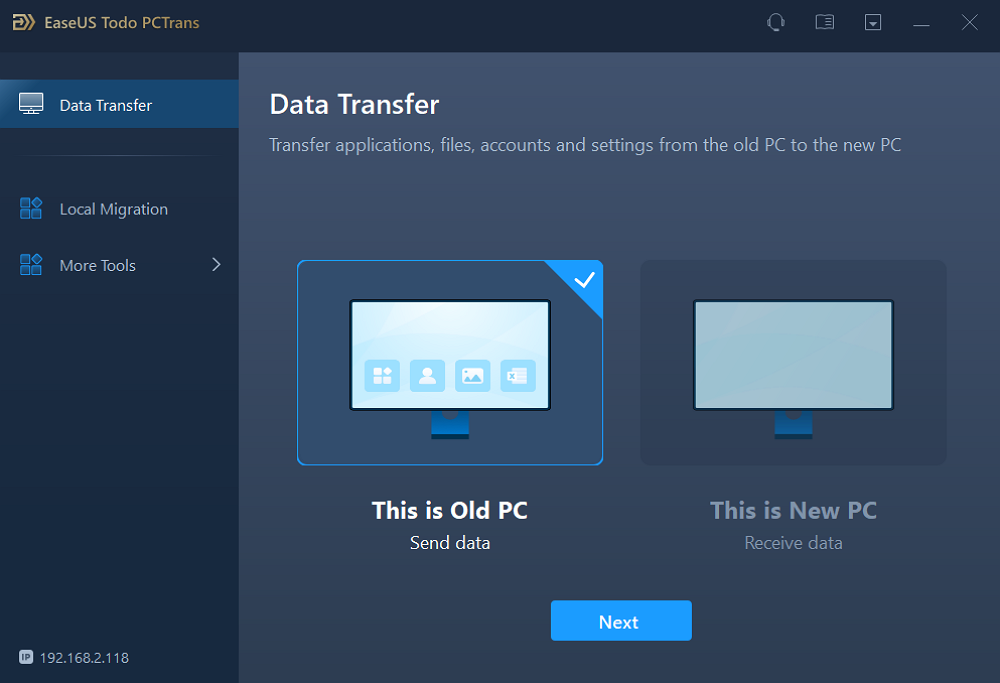
Step 2. Choose the "Transfer via backup" method and click the "Next."

Step 3. Confirm the backup file name and backup location (Please save your files to a location where the new PC can access, like an external hard disk or shared network location.)
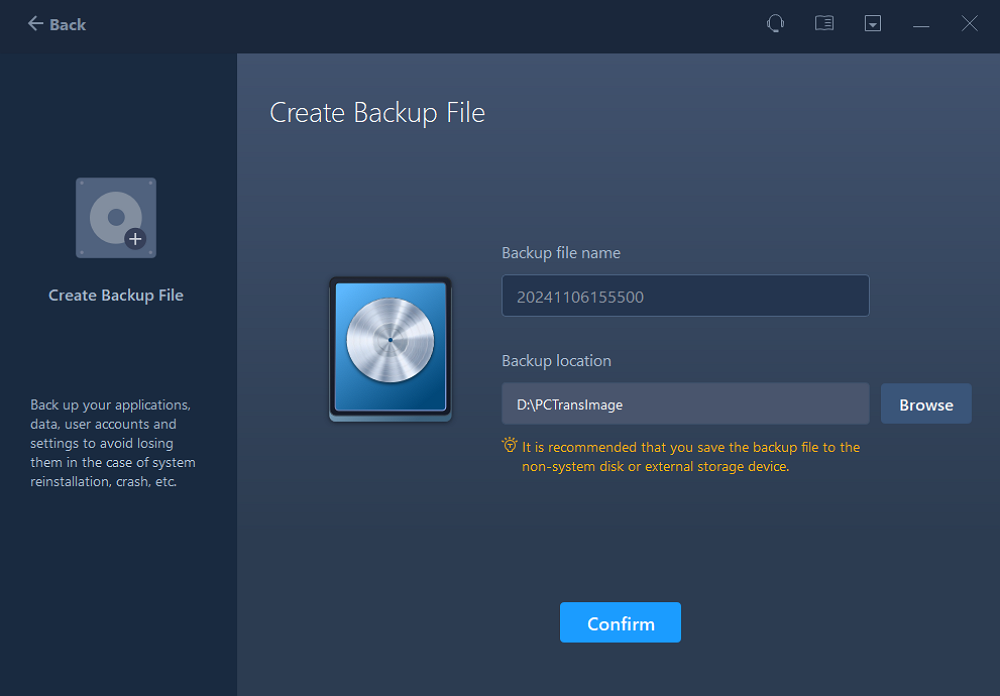
Step 4. Tick the Applications, Files, and Accounts that you wnat to backup. Click the "Backup" option to execute the process.
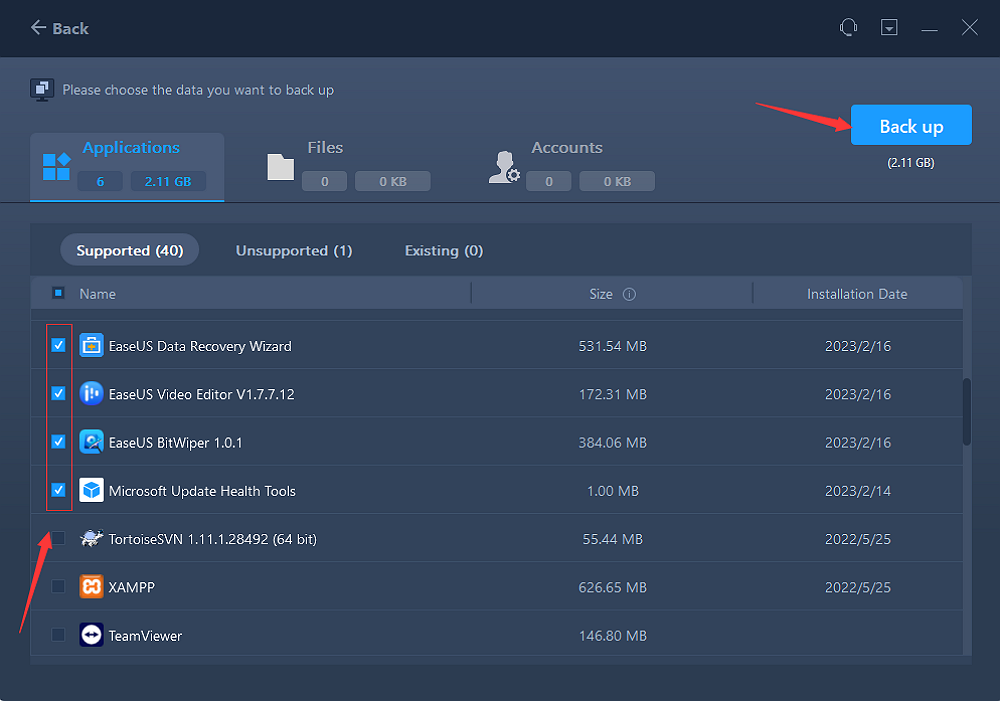
On the new PC:
Step 1. Lauch EaseUS Todo PCTrans on your new PC, and choose "This is New PC" in the "Data Transfer" section.
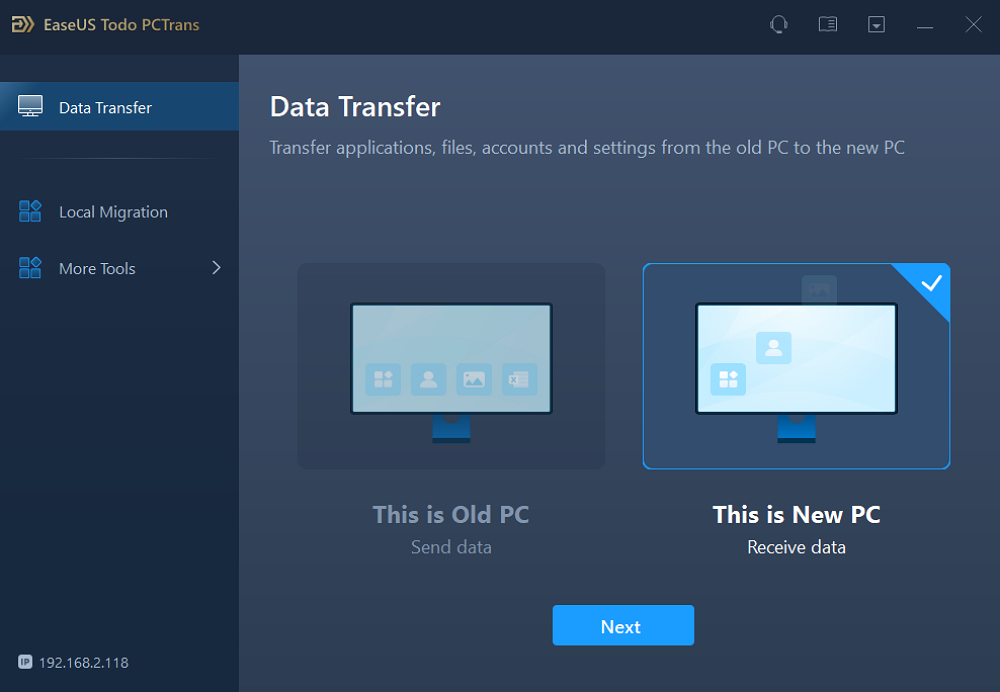
Step 2. Selcet "Transfer via backup" and click "Next."
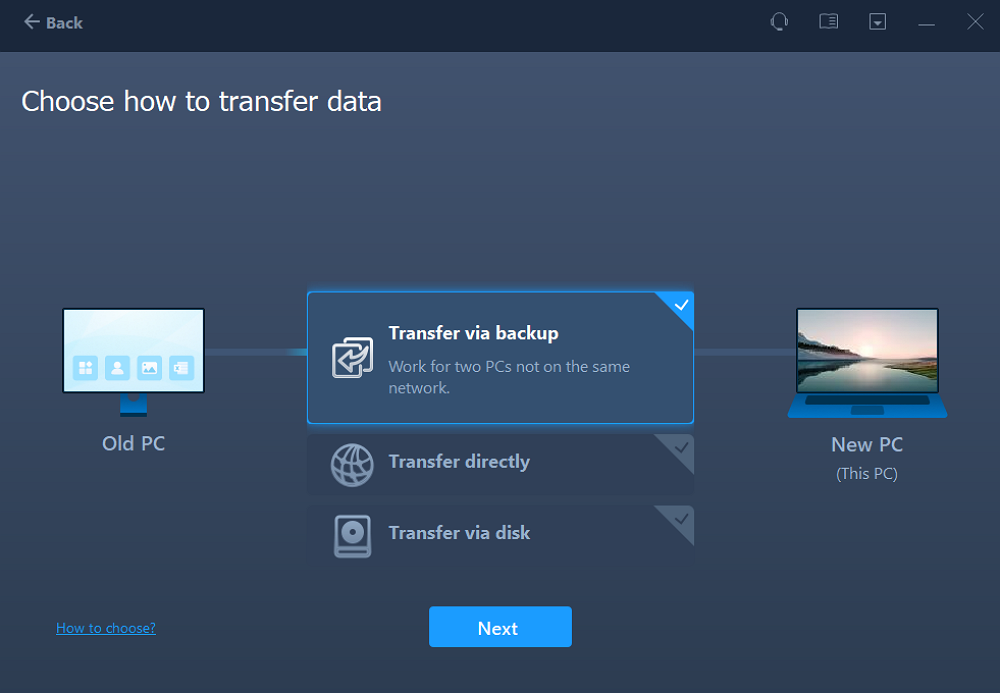
Step 3. Browse the "Backup location" of your existing backup files.
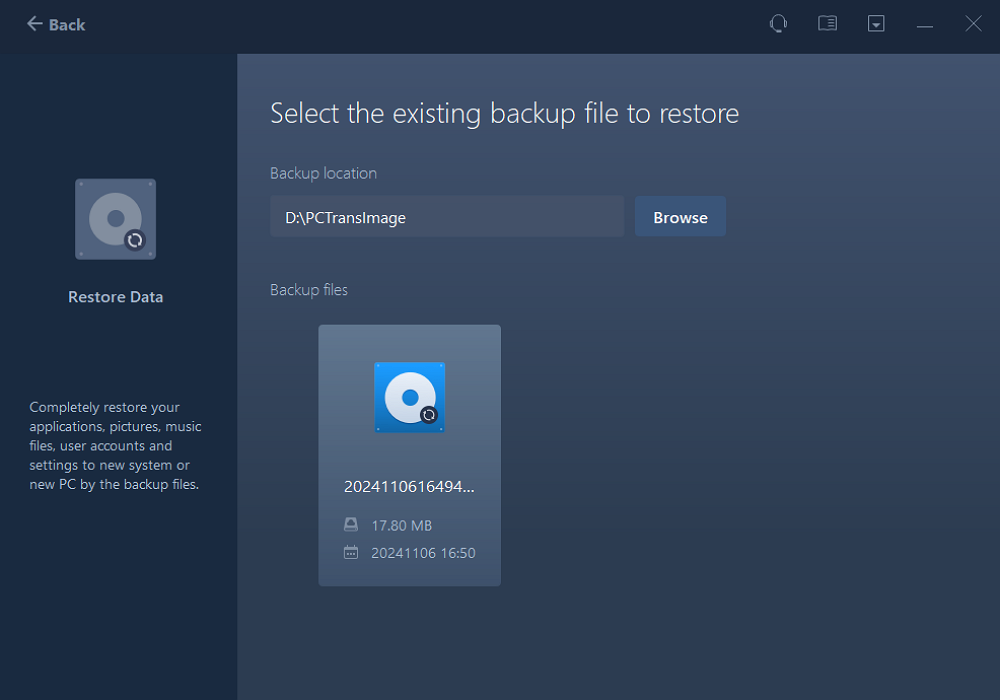
Step 4. Select the wanted Applications, Files , and Accounts to "Restore."
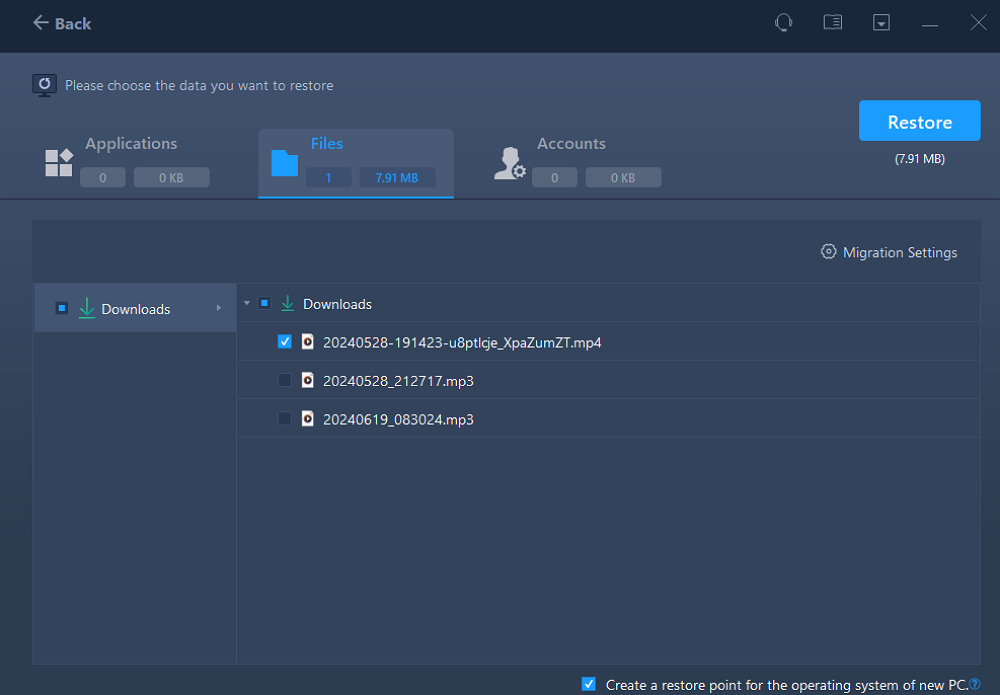
Causes of USB Transfer Speed to Keep Dropping to 0
When your USB file transfer speed gets stuck on 0%, while moving large or crucial files it can be quite irritating. The first step to solving this problem is identifying the possible causes.
These are the most common reasons your USB transfer speed keeps decreasing to 0%:
| Old USB ports, like USB 1.0, 2.0: | Older USB ports have slower transfer speeds than the recent USB 3.0 or 3.1 connections. If you use an older port, it will not be able to handle bigger files, causing delayed transfers. |
| Insufficient Free Space on the Target USB Drive or Volume: | The file transfer may stop or drastically slow down if the destination USB drive or storage capacity runs short. Ensure the open space on your target drive allows the files you are moving to fit. |
| The File is Too Large for the Destination File System: | FAT32 can't handle files larger than 4 GB. Transferring a file over this limit will fail or freeze. |
| USB File System Errors: | Corrupted or damaged USB file systems might impede transfers. These mistakes can slow or stop the transfer. |
| Background Programmes Consuming System Resources: | Background resource-intensive applications may prevent your computer from allocating enough resources to file transfers. As the system prioritizes other jobs, speed may drop to 0%. |
Tips to Keep USB File Transfer Speed Fast
USB drives must transfer files quickly when working with large files or time-sensitive jobs. These elements and methods will help you transfer USB files quickly:
✅Correct USB Drive File System: Format your USB drive with NTFS or exFAT, which supports large files. If you send data beyond 4 GB, FAT32's file size limit can slow transfer performance.
✅Leave enough USB space: Keep at least 30% of the USB drive's capacity free. A nearly the whole USB drive slows file transfers since the system must work harder to find space for fresh data.
✅Stop unnecessary programs: Background programs might impede USB file transfers by using system resources. Close extra programs, especially resource-intensive ones, to liberate CPU and memory for speedier transfers.
✅Use USB 3.0/3.1: Wherever possible, use USB 3.0 or 3.1 for file transfers. Large file transfers are much faster with these ports than USB 2.0 ports.
✅Compress Large Files Before Transferring: Compress large files (above 50 GB) before transmitting. Compression shrinks files, speeds up transport, and makes USB drives more efficient.
Conclusion
In conclusion, there are a number of reasons why USB file transfer speed could decrease to 0%, thus it's critical to understand that there could be multiple contributing elements. When dealing with a comparable issue, endurance is essential. You can determine and address the root cause of the problem by methodically implementing the above-described techniques.
Of all the techniques, the most important is ensuring the target USB drive or storage volume is in good condition. This entails verifying that the disc is formatted with the appropriate file system, such as NTFS or exFAT, and repairing any file system issues or bad sectors, especially when working with large files.
Following the discussed methods will greatly increase your chances of restoring your USB file transfer speed and preventing similar problems in the future.
FAQs of USB File Transfer Speed Stuck at 0
USB file transfer issues can raise certain questions. Below are some frequent questions and answers to help you understand why your USB transfer speed is 0% and how to fix it.
1. Why is my USB not transferring files?
There are various reasons a USB drive could fail to copy files. Typical problems are file system faults, inadequate drive capacity, or USB drive and computer compatibility problems. Furthermore, the transfer will not go further if the file size surpasses the capacity of the USB drive's file system (e.g., FAT32 cannot handle files greater than 4 GB). Older drivers or a corrupted USB drive might potentially stop file transfers as can faulty USB ports or cables.
2. Why does USB slow down?
There are several reasons why your USB transfer speeds can slow down, like using older USB ports, which have substantially lower transfer rates than newer USB 3.0 or 3.1 connections. Background apps that consume significant system resources might also cause slowdowns. Reduced speeds can also be caused by transferring many little files, a fragmented USB drive, or an almost full device. Hardware issues, such as a low-quality or broken USB disc or cable, can also cause slowdowns.
3. What factors can affect USB speed?
Several issues affect USB transmission speed. USB 2.0 vs. USB 3.0/3.1 is important since newer ports are speedier. Poor USB drive and cable health can slow down data transfer. The USB drive's file system (NTFS, FAT32, exFAT) and file type (big vs. small, fragmented vs. contiguous) can also affect speed. Transfer speeds also depend on system performance, including RAM and CPU use.
About the Author
Updated by Tracy King
Tracy became a member of the EaseUS content team in 2013. Being a technical writer for over 10 years, she is enthusiastic about sharing tips to assist readers in resolving complex issues in disk management, file transfer, PC & Mac performance optimization, etc., like an expert.
Reviews and Awards
-
EaseUS Todo PCTrans Free is a useful and and reliable software solution created to serve in computer migration operations, be it from one machine to another or from an earlier version of your OS to a newer one.
Read More -
EaseUS Todo PCTrans is by the folks at EaseUS who make incredible tools that let you manage your backups and recover your dead hard disks. While it is not an official tool, EaseUS has a reputation for being very good with their software and code.
Read More
-
It offers the ability to move your entire user account from your old computer, meaning everything is quickly migrated. You still get to keep your Windows installation (and the relevant drivers for your new PC), but you also get all your apps, settings, preferences, images, documents and other important data.
Read More
Related Articles
-
Top 4 - File Mover Windows 10 Review (Pros and Cons)
![author icon]() Oliver/2025/01/23
Oliver/2025/01/23 -
Move Windows 11/10 Installed Apps & Programs to Other Drive
![author icon]() Tracy King/2025/01/23
Tracy King/2025/01/23 -
How to Transfer Files from iCloud to External Hard Drive on PC
![author icon]() Tracy King/2025/01/23
Tracy King/2025/01/23 -
How to Uninstall Unreal Engine 5 Completely [Windows/Mac]
![author icon]() Oliver/2025/01/23
Oliver/2025/01/23